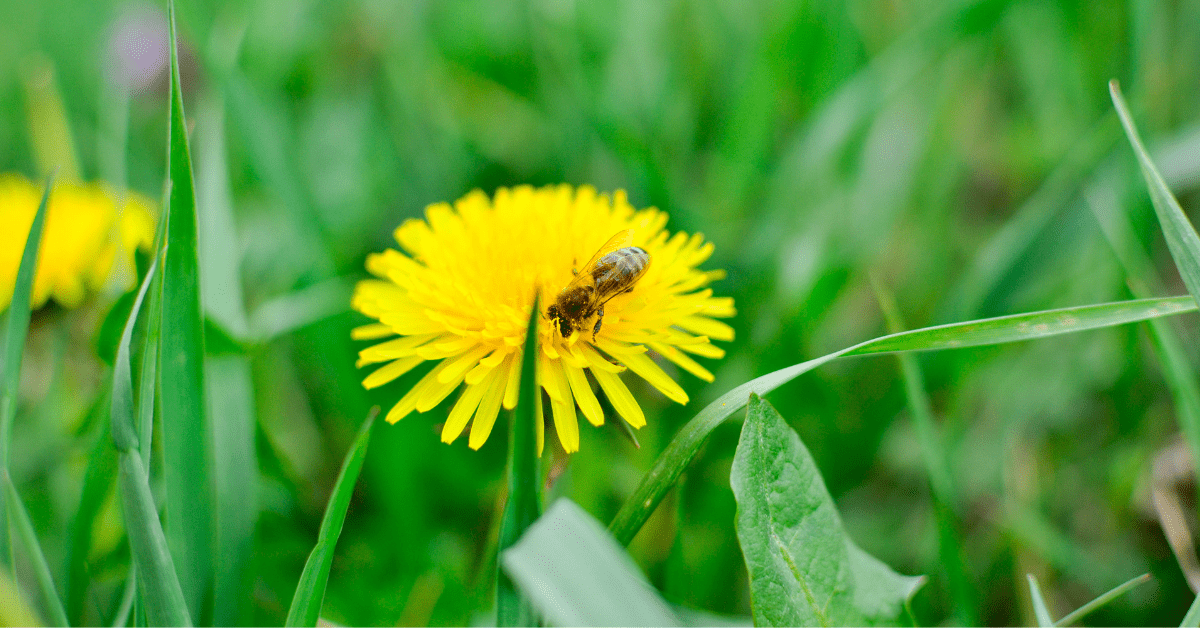
Well, it’s finally May, and the newspapers and online forums are filled to the brim with articles telling you not to mow your lawn this month. For the pollinators, they say. Everyone is busy and no one has the time to look to see if this “No Mow May” thing is legit or not.
Except for me (you can thank me later). And what I found was worse than I thought.
The initial concept behind “No Mow May” can be traced to a group in Great Britain called Plantlife. The concept is if you do not mow your lawn during the month of May, it allows flowers to bloom, which in turn, provides food for pollinators. Everyone loves bees, right? Who could be in opposition to bees?
Here in the U.S., the cause was taken up in Appleton, Wisconsin. There the city adopted the concept in 2020 and made it a permanent policy in 2022. In adopting the policy, the city relied upon research conducted by a city resident who is also a university professor. There’s only one problem: the study was bunk.
“In the spirit of full transparency, after finding inconsistencies between the published summary data and raw data, the authors and the editorial team have agreed to retract this article. The formal retraction notice will be published shortly,” said the notice on the paper’s website. Ouch.
News stories in early April 2023 out of Appleton suggest that in light of the study retraction that the city is considering abandoning their “No Mow May” policy.
You may ask why this is so infuriating? The answer is quite simple: turfgrass managers love pollinators too. Properly maintained, your lawn is a net benefit for the environment. The list of these benefits is quite long, from preventing erosion to capturing and sequestering carbon but you’ll hear none of those things from people who hate lawns and want you to hate them as well.
Another study that actually is legitimate looked at the concept of how reducing lawn maintenance impacts pollinators and arrived at some surprising conclusions. What these scientists did was to take over the mowing chores at a number of residential homes and subject them to different mowing regimes.
What they found for the lawns mowed weekly is about what you’d expect. Since weekly mowing will remove weed flowers, there weren’t very many pollinators visiting the lawn. Lawns that were mowed every second week had far more pollinators visiting, ostensibly because there were more weed flowers.
Here’s where it gets interesting: for the lawns that were mowed every third week, the abundance of pollinators was less than the lawns mowed every two weeks.
The researchers theorized that the reason why there were more pollinators in the two-week lawns versus the three-week lawns was that it was easier for the pollinators to access the flowers in the two-week lawns. I think that makes sense.
Here’s the bottom line for me: maintain your customers’ lawns properly throughout the entire season. That means mowing at the right height and at the right frequency. It also means irrigating in a responsible way that is healthy for the lawn but also is respectful of water resources. Other things that you can do to improve the sustainability of your clients’ lawns include aeration of the soil and periodic overseeding to ensure strong plants.
But what to do about weeds? That depends upon your customer’s expectations. If they simply cannot stand the sight of weeds I would suggest using a spot spraying technique – just spray the weed itself instead of the entire lawn area – and to mow off any flowers present prior to spraying.

